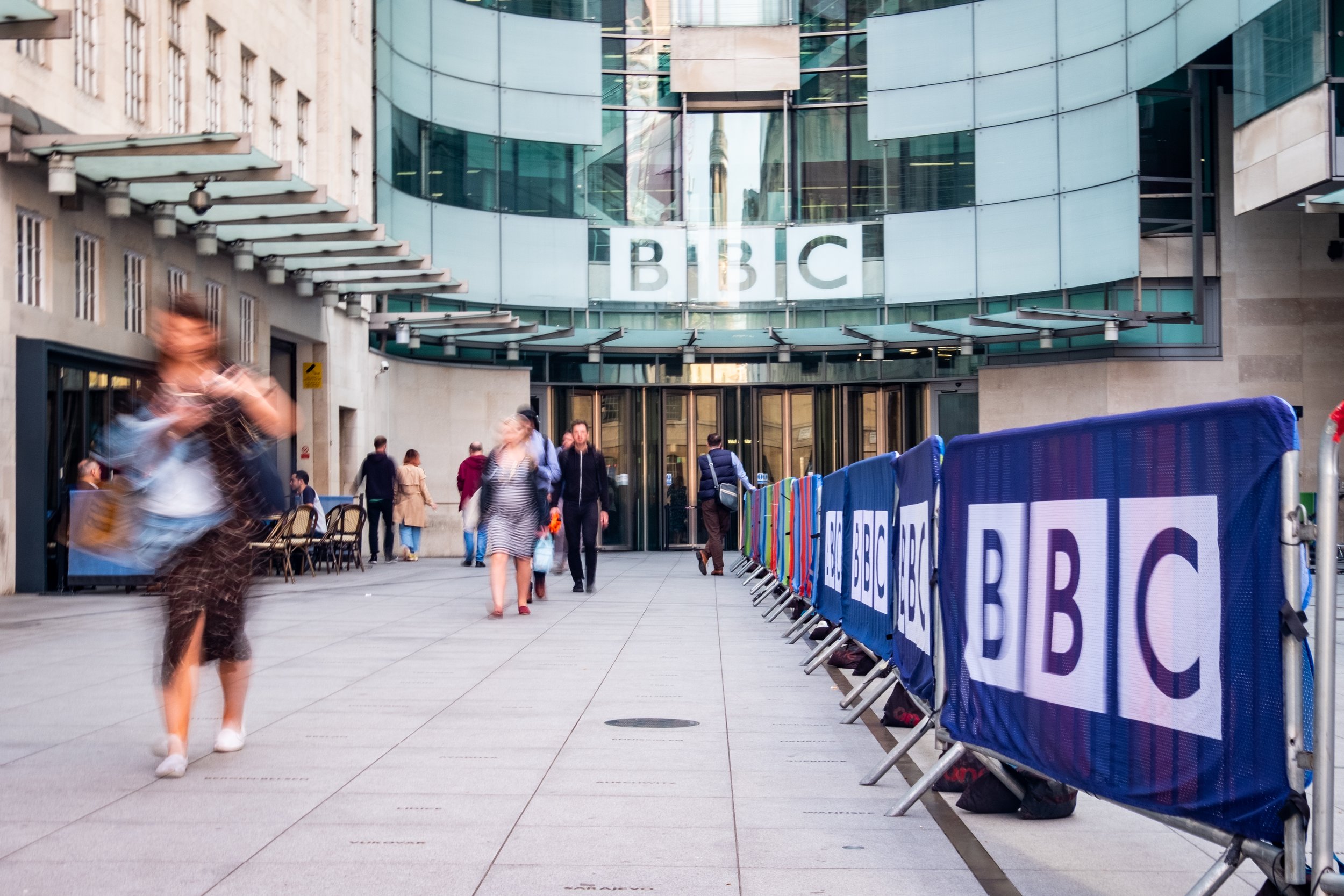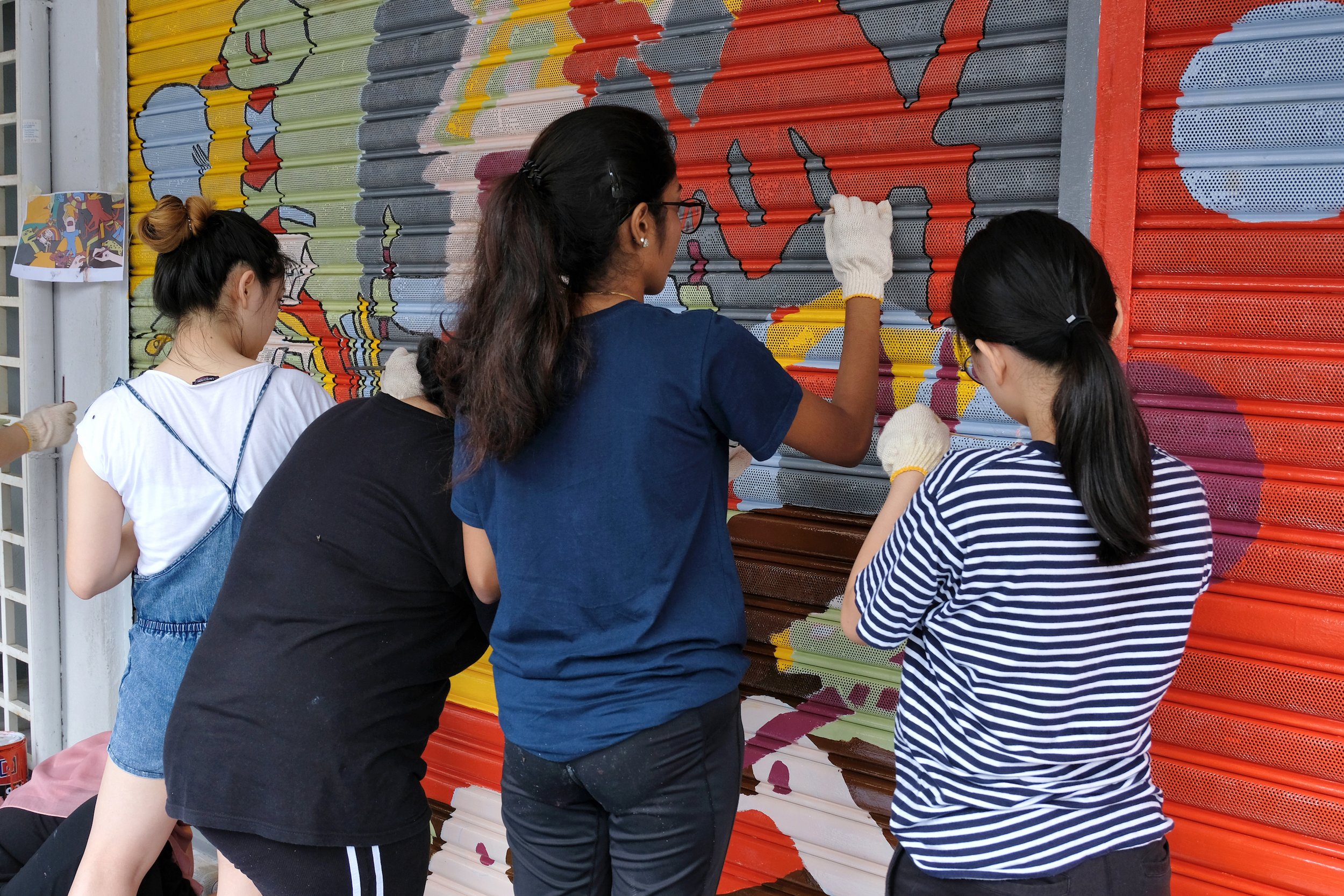
LATEST POST
Arts Organizations Aren’t Failing. Their Business Models Are.
Public funding is shrinking. New mandates are threatening core values. And the old playbook isn’t working like it used to. What’s the cure?
Most popular content
On March 7th, the BBC announced wide-sweeping changes to its classical music programs. Possibly most shocking was its decision to terminate the nearly 100-year-old BBC Singers. Here’s what the supporters of the BBC Singers need to know about persuasive messaging.
It’s time to reconsider the traditional assumptions on which the majority of arts organizations base their marketing and strategy.
Think about the last orchestra/opera/ballet commercial you watched, whether on TV or social media. Was there anything familiar or relevant for the Outsiders in that video?
In Conductor as CEO, Tiffany Chang shares a fascinating analysis of the mission statements for 71 orchestras across the U.S. In a crowded market where ticket sales have declined by 50% over the past two decades, her insights provide some real motivation to step away from the standard formula and create something unique.
Aubrey brought the California Symphony back from the brink of financial ruin with jaw-dropping speed. The lens of business theory provides an explanation.
The egocentric perspective infiltrates everything from websites and social media to fundraising and marketing materials.
Most recent content
If you're only segmenting your audience by purchase behaviors or demographics, you're overlooking a massive opportunity for radical growth.
This seeming existential crisis is actually a moment of huge opportunity. You just need to rethink the decades-old audience development playbook—and find your Blue Ocean.
Last January, I set a SMART goal of reaching 5,000 LinkedIn followers (nearly twice what I was starting with) and doubling my LinkedIn reach by the end of the year. Here’s what happened…
What do an opera company, a ballet organization, a university concert series, and a library have in common? They’ve all harnessed the power of customer-centric strategies to redefine their relevance and thrive in today’s rapidly changing cultural landscape.
If you’ve hesitated to post on social media, thinking it’s “not your role” or that your organization’s branded accounts are enough, it’s time to rethink.
New logos, sleek designs, clever taglines—rebrands are exciting to watch. Until I take a closer look and realize it’s all surface and no substance.
For arts organizations faced with audience declines, there's a lot of pressure to recalibrate. But how ready is your organization for change? And how long will that change take?
Opera Philadelphia’s recent decision to introduce a pay-what-you-can model, with tickets starting as low as $11, has generated considerable buzz over the past week. Is the move revolutionary or risky?
There’s a persistent contingent in the arts who believe that calls for change are unwarranted.
“We’ve been told for years that arts patrons are disappearing,” they say, “but they never really do.”
Here are four reasons why now is different.
Deeply understanding the customer by regularly gathering customer insights has become a high-stakes game. And it’s a game that the for-profit sector is currently winning. How does the arts and culture sector compare?
Leadership buy-in is crucial before real change can occur at any arts organization. On your quest to shift hearts and minds, here are six tactics to consider.
"People don't want to buy a quarter-inch drill. They want a quarter-inch hole." This adage is often employed to illustrate a foundational concept in sales and marketing. But if you’re trying to sell a drill, knowing your customer wants to achieve a hole won’t get you very far.
In the arts and culture sector reclaiming relevance and unlocking audience growth means crafting compelling narratives that resonate with your target audience's aspirations and motivations.
It’s no secret—the arts sector struggles to reflect the diversity of the real world. And the NEA’s most recent Survey of Public Participation in the Arts has the hard numbers to prove it.
The NEA just released their initial findings from the 2022 Survey of Public Participation in the Arts. This new data allows us to view audience decline over the past four decades.
These seven elements, if properly implemented, work together to create a powerful emotional connection between consumer and brand.
Are your cultural events interactive? Nina Simon says that's not enough. But the solution may not be as expensive as you think.

Everybody hates marketing. But everyone loves a good story.
Traditional marketing is no longer serving today’s consumer.

Why digital content can never replace live performance
If we continue to provide digital programming, will it hasten the death knell for live performance?

How will cultural organizations survive the next big disruption? Neuroscience and Amazon have the answer.
These are daunting times for the cultural sector. What’s the right way forward for the industry?

Can arts organizations survive the longest-running disruption in history? Opera Australia has cracked the code
Opera Australia increased their sales revenue 28% in eight years and became the only major, year-round opera company whose ticket sales provide more than 50% of its income. How’d they do it?

Does your social media feed ignore your customer?
Here’s a hard truth: the average customer doesn’t care about you.

The California Symphony: Explaining Aubrey Bergauer’s extraordinary success through the lens of business theory
Aubrey brought the California Symphony back from the brink of financial ruin with jaw-dropping speed. The lens of business theory provides an explanation.























The NEA just released their initial findings from the 2022 Survey of Public Participation in the Arts. This new data allows us to view audience decline over the past four decades.